It is early afternoon, the temperature is already 94oF and the 54% humidity makes it feel like 104oF. It seems like the perfect time with laptop on my lap to sit on my relatively new recliner and write.
In an earlier blog, I meandered on about the many things engaging me; mostly bird photography and ebird data entry. I stated that I was now taking pictures of creatures in my yard.
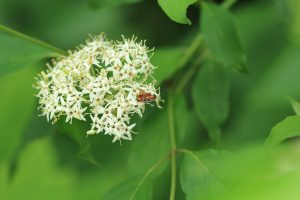
Once again the new lens for my camera made all of the difference.

With its 300mm lens, I can take a picture from five feet away, not disturbing the insect, and then digitally zoom in on a creature to see the field marks as if I held it in my hand.
Now that I had images, it started to bug me that I could not identify the varied creatures. So, I picked up the books, The BEES In Your Backyard and Field Guide to the Flower Flies of Northeastern North America—two taxa I have avoided due to their complexity.
With camera in hand, I would patrol the yard at least once a day to see what I could find. For example, this morning, before it got too hot, I ventured out for an hour and found a few species of interest. Many I had seen before (I know I saw an orange mint moth again), but I hope there are a few new ones. So, I snapped 189 images of what might be 16 different species. Later today, I will endeavor to pick out and save just the best images and trash the rest, a time consuming process. Once I have sorted through the images, I will then attempt to identify the animal as far as I can on the systematic list. Once I think I have a good identification, I may post them on a web site for an expert to tell me if I was right or wrong. Many times I am not only wrong in my identification, but sometimes they tell me I am in the wrong family. More often than not, even they can only tell me down to the genus level. Often my photos miss the key characteristic that separates the various species. Regardless, what a learning opportunity. I am getting better.
On June 1, 2019, I started a list of the species found in my yard. I have photographs of 40 different insects and five spiders. Here are some of my favorites.
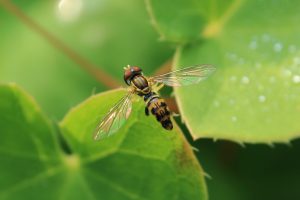
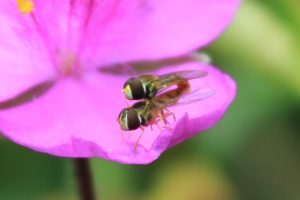
That first day, flower flies were abundant around the flowers. After many pictures, I discovered that almost all of them were one species, but two species could be seen in my yard, the abundant margined calligrapher (Toxomerus marginatus) and the unusual eastern calligrapher (Toxomerus geminatus).
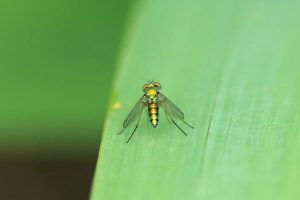
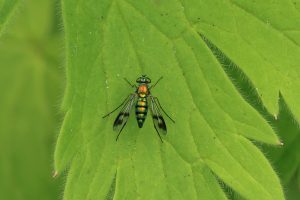
Then there were the spectacularly colored and glistening long-legged flies that I have seen often and puzzled over for years. With these individuals, I can only narrow the identification down to a possibility of several different species or groups. The one is recognized by the clear wings and the other by the dusky “u” on the wings.
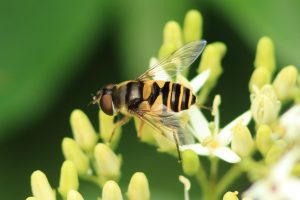
When I first took a picture of this insect, I tried to figure out what type of bee it was only to realize that this is a fly that mimics bees, a transverse-banded drone fly (Eristalis transversa).
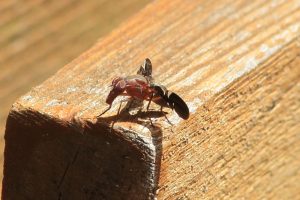
Another favorite, a fly that I identified for the first time many years ago is the picture winged fly (Delphinia picta). This distinctive critter can be recognized by anyone who sees it.
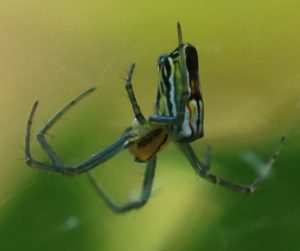
By far my favorite spider is the orchard spider (Leucauge venusta), a true beauty and very common in my yard!
Now that I had a bunch of pictures, I began to wonder how I could make use of what I was learning. So, I started to post on any of several websites like bugguide (https://bugguide.net) that specializes in insects and spiders. I also started adding images to I-Naturalist (https://www.inaturalist.org), a citizen science project where people can submit images of any plant or animal into a database. One can also submit images to be identified. I choose to only submit images of species I know. Then for the butterflies, I also submit them to Butterflies and Moths of North America (https://www.butterfliesandmoths.org) as I noticed that they had very few records from my county. When I do post, the images become part of their respective massive collections. Now my records are on their map, literally and figuratively. Instead of sitting on my computer, my images and study adds to the collective knowledge of the organisms found on this earth.
For me, this has been a tremendous learning experience and it keeps me very busy! Have you seen any of these animals in your yard? If not, you should look!

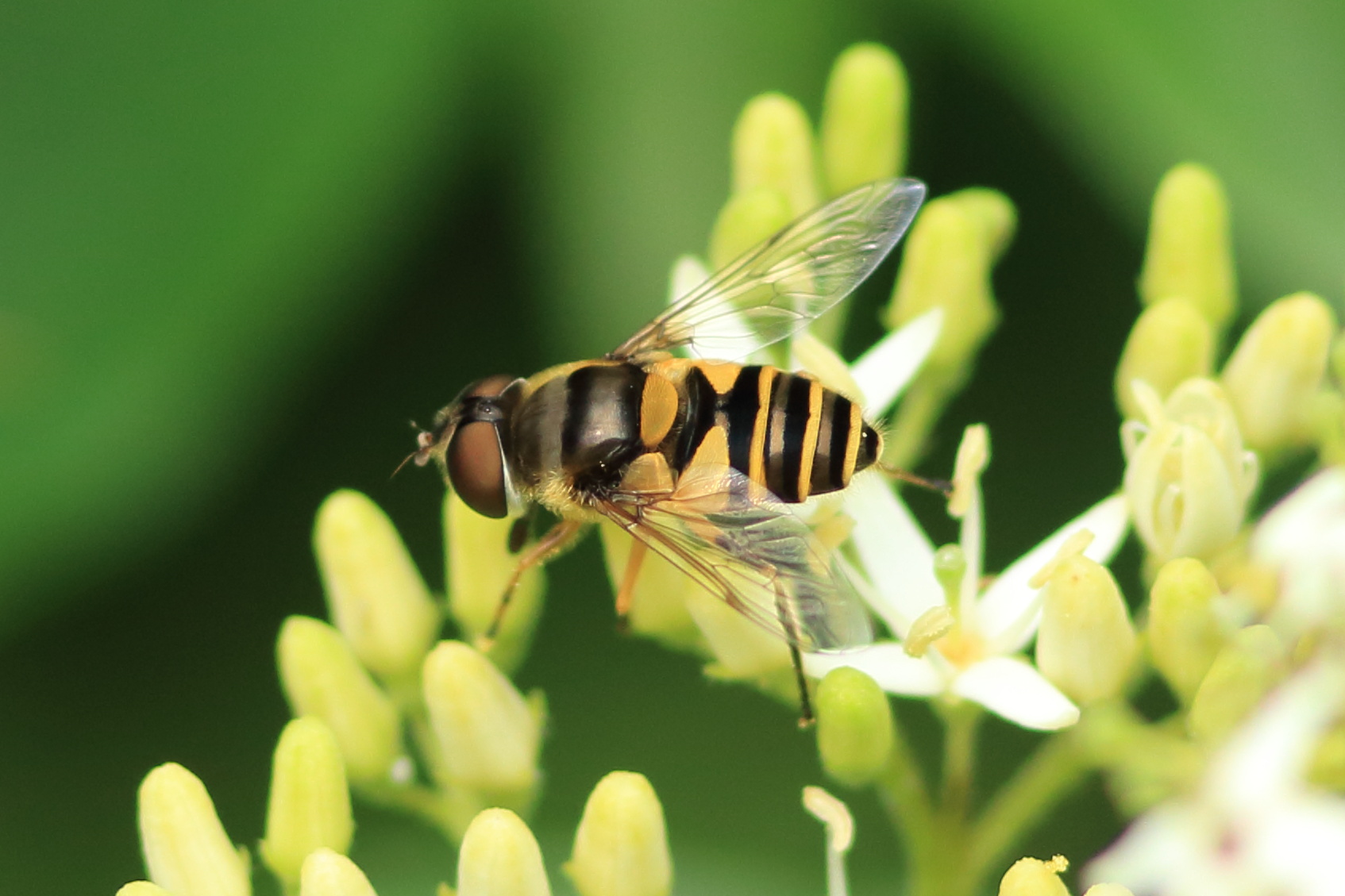
This was a fun read, Bob!
Very nice Bob, It is amazing how much more we learn from taking picture’s. You can see bugs all over the place but it seems once we capture a picture the mind wants to know what is that. I am glad you started using that camera of yours’s it will give you more pleasure than you ever could have imagined. As always you can give us a great lesson about nature! It’s always been a pleasure learning so much from you.
You would love my friend Laura who lives in Schroon Lake, NY in the heart of the Adirondacks. Many years ago, in the 1980’s she had her first “Bug Festival.” Everyone invited–and there must have been 50 of us who came–had to bring a bug as the price of admission. I captured and brought (and later released) a preying mantis. Some of her friends from New York City brought cockroaches. We made nets out of pillowcases and wire coat hangers and scooped up a gazillion bugs from the field of tall grass near her house in New Hope PA. We couldn’t identify most of them, but had a wonderful time. She’s having it again this year in Schroon Lake. It is truly a party for all ages, proving yet again that it’s never too late to have a good childhood. So glad to hear you are working on yours.